TRACCE no. 5 – by M.S. Abreu, A. Arcà, A. Fossati, L. Jaffe
The great importance of Côa Valley Rock Art reached the headlines of the Portuguese and international press in November 1994. Even now it is taking a big place in Portuguese research, where a distinct division has been defined between the so called A.C. (Antes do Côa – before the Côa) and D.C. (Depois do Côa – After the Côa) Archaeology.
Special Côa
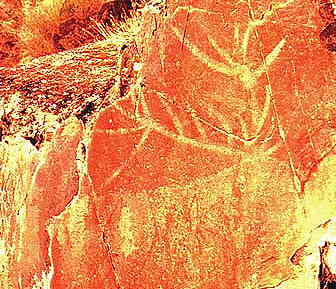
Scratched deer figure at Penascosa
The Côa Valley area was under the scientific superintendence of Nelson Rebanda, a state Archaeologist, encharged with the Côa Area at the Northern Region Department (Direcção Regional Norte) of IPAAR (Instituto Português do Património Arquitectónico e Arqueológico). When the Portuguese government decided in 1992 to undertake the construction of a huge new dam on the Côa River, a protocol of collaboration was made between the IPPAR and EDP (Electricidade de Portugal) and Rebanda was put on charge of the “Plano Arquelógico do Côa” (archaeological plan of the Côa).
Following the indications of impact study made by Francisco Sande Lemos (here more then 65 Archaeological sites were described including 3 painted rock shelters and an engraved site) he discovered in 1993, at Canada do Inferno, the first palaeolithic engraved panels in the Côa Valley. Most of the discoveries were made when the level of the Pocinho dam was lowered by 12 meters, leaving out of the water many big pecked figures of aurochs, deers and horses. Other panels were suddenly discovered over the highest water level.
The Dam of Foz Côa was considered a fundamental part of the strategic plan of the Portuguese Government to try to create a major reservoir of water. Its energetic aspect was insignificant and same Port wine producers were against it.
Curiously, no official notice was made of the discoveries by Rebanda's team. It was only in November 1994 that the Portuguese archaeological community became aware of the findings. An International movement to save the engraved rocks started and a strong campaign to stop the construction of the dam was launched. Television, radio and newspapers transformed the issue in a political case.
Menaced by more than 100 meters of water (and mud) of the future dam many new sites were quickly ‘discovered’ by the local inhabitants along more than 17 km of the Côa river and adjacent Douro river: Ribeira dos Piscos, Vale de Figueira, Penascosa, Barca, Vale José Esteves, Vale Vermelhosa, Vale de Cabrões, revealing with all evidence the existence of a big open air palaeolithic rock art area, one of the most important in Europe.
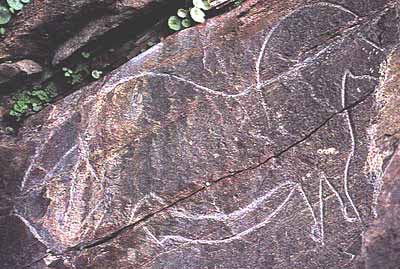
Mazouco horse, often rejuvenated
Anyway the discovery was not unforeseeable:
- in 1981 the so called “Mazouco horse” was discovered (25 km. southern, along the Douro river);
- in 1988 the area of Siega Verde, in the adjacent Spanish border, was recognized, with more than 500 engraved Palaeolithic pecked figures;
- in 1992 the area of Domingo Garcia (Segovia, Spain) began to be studied.
The more relevant discovery was perhaps the Vale da Casa site, a few km down from the Côa confluence along the Douro river.
It was studied (1982) by A. M. Baptista (now with M. V. Gomes he is encharged with the documentation in many sites of Côa Valley area), just before being submerged by the Pocinho Dam, which at the same time submerged many engraved panels in the Côa Valley area.
No protest against the dam was made. 23 engraved panels were found (and partially traced or moulded), and more than 100 Bronze Age graves.
On the engraved rocks were present (but not recognized as Palaeolithic, simply reported as similar to the Mazouco ones) many scratched animal figures, actually identical to the Côa and Vermelhosa ones.
Angelo Fossati, Ludwig Jaffe
Gravado no Tempo – Etched in Time research project
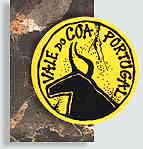
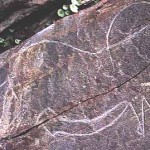
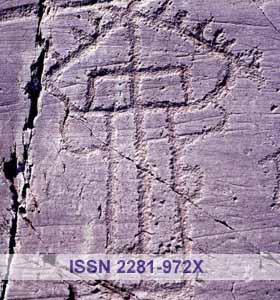













Leave a Reply